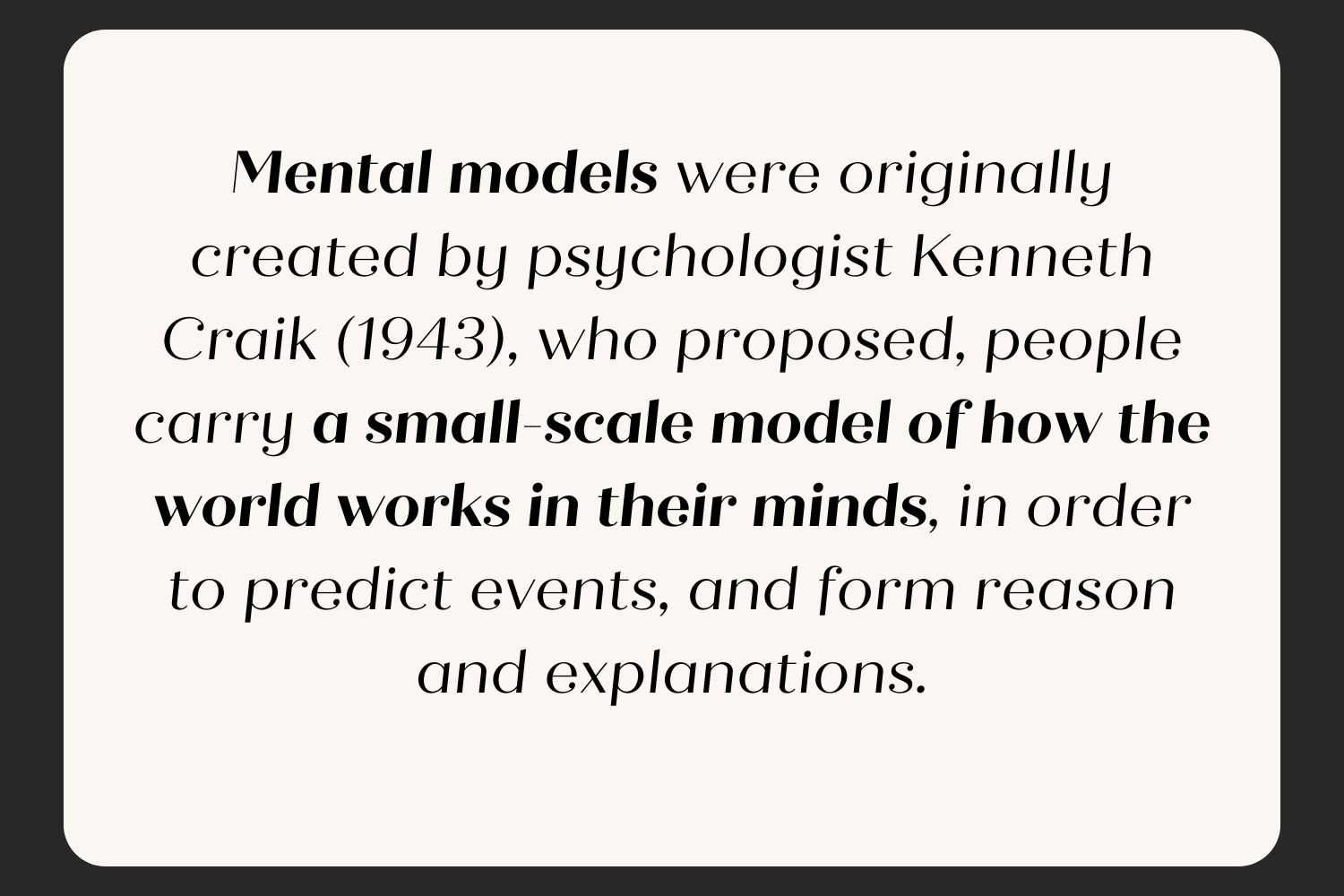How to Use Mental Models to Make Better Decisions
I think everyone can agree that we all see things differently, depending on your lens.
But the reality is: there’s how we see it and there’s how it really is.
Most people can agree that human beings are not rational.
But humans are not rational for two pretty understandable reasons… however, before we get into those. Let’s review what else we’re gonna get into.
In this blog post, I’m introducing the 100 Mental Models Series. I’ll be covering:
How this is our first time on earth
How there are no rulebooks to life
How to remedy this situation
How this process really works
From the creators of, THINK BETTER, who explore 100 essential mental models to enhance our thinking, with tools for navigating challenges and tips for making informed decisions. Buy them here. Or read my blog for free. Your call, haha.
Now, let’s talk about it. Why aren’t humans rational?
This Is Our First Time On Earth
There’s no way to escape human error, or being human. We’re going to make mistakes.
Especially when everyone around us is also doing life for the first time.
When you think about it, we are biologically designed to live in an environment that years ago ceased to exist.
That’s a terrifying fact. And to make it even more interesting.
There Are No Rulebooks To Life
Depending on what you believe.
The only rulebooks in sight are the ones we made ourselves… let that sink in, lol.
With no concrete fundamental ideas of reality, reality just becomes what we make it.
How To Remedy This Situation
We get one shot at life, so we better make it good.
We can identify biases and fallacies, or shortcuts that the mind takes, sometimes incorrectly.
And we can create new mental models derived from the most important ideas from each science.
To see life through a multidisciplinary lens, like the greatest minds in history.
How This Process Works
The ten most important disciplines of knowledge are: biology, chemistry, economy, engineering, history, mathematics, physics, psychology, philosophy, and statistics.
We study them independently, but in reality they work best in collaboration.
This series will build your toolbox, and teach you how to detect the fallacies and biases in daily life.
Plus give you an arsenal of helpful mental models to use in everyday.
Step 1: Acknowledge that we all have our unconscious biases influenced by our background, personal experiences, societal stereotypes and cultural context.
It’s not about gender, ethnicity, or other visible diversity characteristics. Everyone has an unconscious bias about something.
This is about having the self awareness and discipline to train your mind to see beyond it.
So you’re not falling into the same traps you did last year.
Step 2: Be willing to change your mind. Be open to new experiences, and different attitudes and judgements.
Only you can decide if you’re willing to expand your mind. Only you can put in the effort.
Now, we take the first step forward, with 100 Mental Models to change the way we think.
Subscribe to get Mental Models straight to your inbox.
I’ll be posting one every week for your bingaholic needs.
Thanks for reading!


